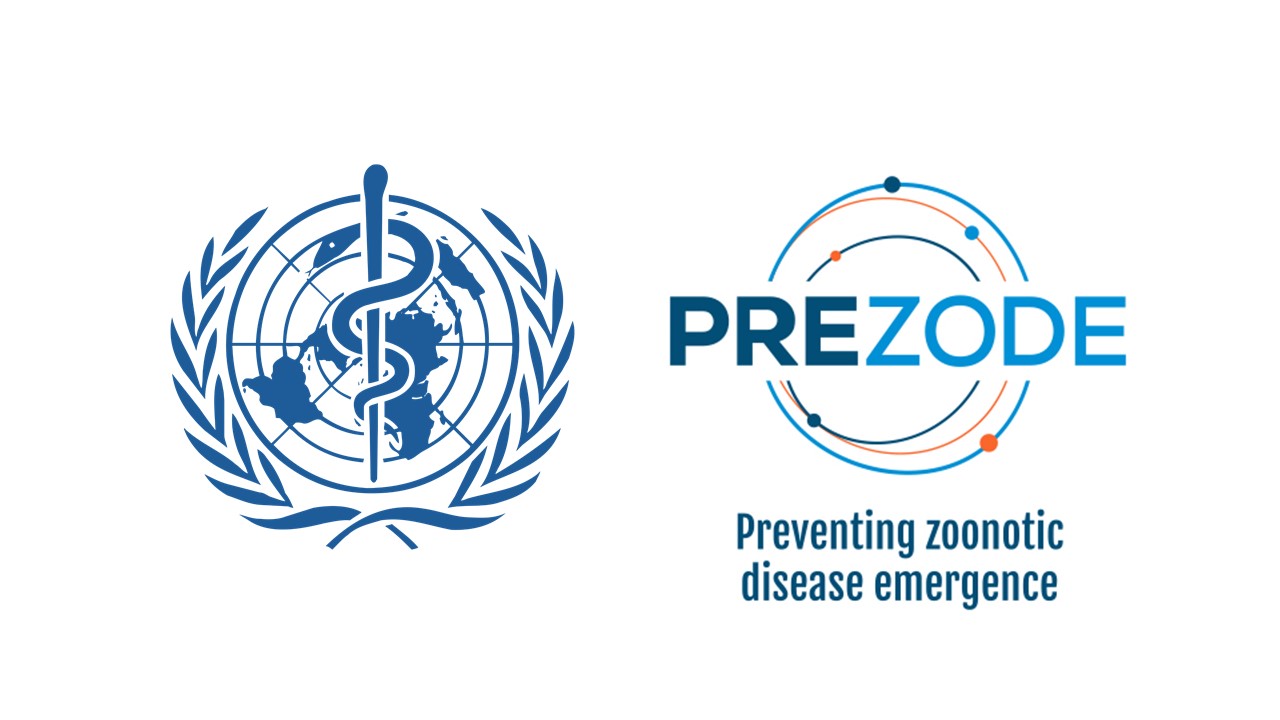

Basic instructions (full information note available here):
(1) Click on one country at the time.
(2) Choose the pathogen of interest
(3) According to your expertise, indicate your estimation (for the country and the pathogen selected) of pathogen circulation in wildlife, contact between wildlife and humans, pathogen circulation in livestock, contact between livestock and humans, contact between wildlife and livestock and your confidence for each estimation. Please consider the potential high-risk settings in this country when you are providing your estimation.
(4) When your estimation has been submitted, you will be able to select a new combination of country and pathogen to enter a new estimation. Your link is personal and you can provide as many estimations as you want with this link.
N.B (1): If you have a relevant estimation to provide on one pathogen in one country, but not for all the variables (e.g., relevant estimation for pathogen circulation in wildlife, but not for the rest of variables), please indicate "Don't know" for these other variables
N.B (2): If you made a mistake with your estimation, please resubmit a new estimation for the same combination of pathogen/country (only the last record will be considered)
For any questions, please e-mail Benjamin Roche